7 Best Picard Episodes Of Star Trek: The Next Generation
Here are our choices for the seven best Picard-centered episodes of Star Trek: The Next Generation.
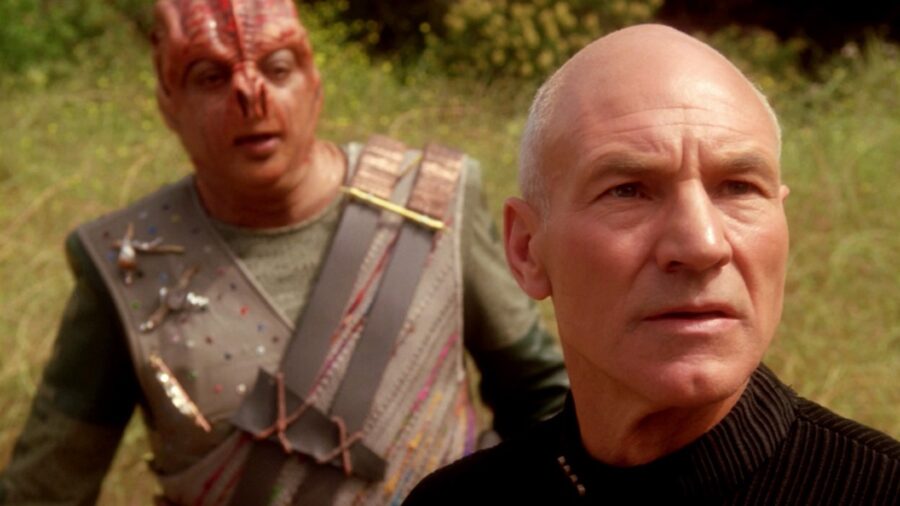
With Season 3 of Star Trek: Picard seemingly wrapping up the story of the titular retired admiral, it’s a good time to look back at the captaincy that started it all. While there are countless great episodes for Jean-Luc in the series, here are our picks for seven of the best Picard episodes of Star Trek: The Next Generation.
7. “Samaritan Snare”
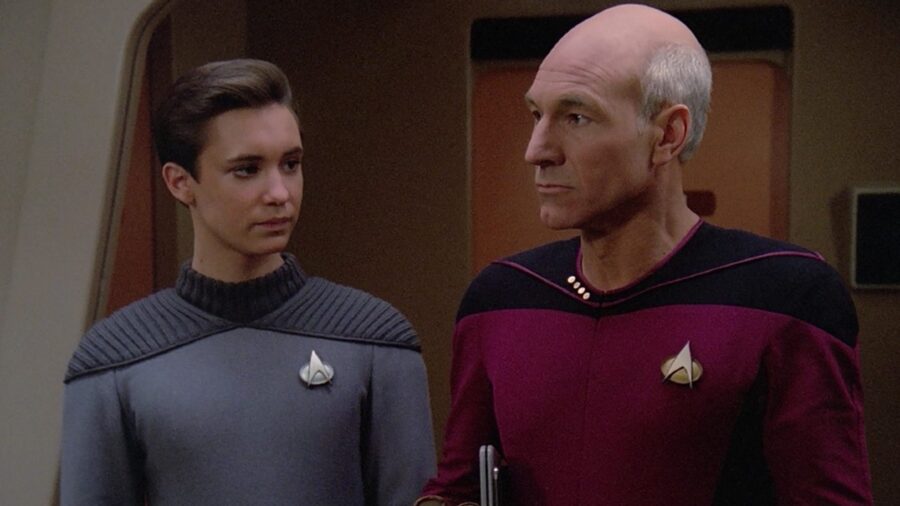
It’s an episode of Star Trek: The Next Generation not often thought of in connection with Picard, mostly because it introduces the quirky and oddly menacing Pakleds and focuses a lot on Geordi La Forge. But the other plot of the episode concerns Picard and Wesley Crusher on a shuttlecraft journey to what turns out to be an operation to replace the captain’s artificial heart. Not only are the scenes between them the first real look we get into Picard letting his guard down, but they forge the relationship between him and Wesley that would only grow and deepen.
The experience pushes Picard past the safety of his steely exterior and teaches him how to interact with younger people. The operation also teaches Picard some humility as his own interim CMO, Dr. Katherine Pulaski, turns out to be, despite his early protestations, just the skilled and capable surgeon needed to save his life. Along with that, the episode provides the background for another top Picard story.
6. “Tapestry”

Star Trek gives us some wonderful alternate timeline episodes and this one provides Picard with a unique perspective on his life. With his erstwhile godlike foil removing a regretted episode from his past and showing him how drastically different his life would be without it, call it “It’s a Wonderful Q.” Picard’s moment of youthful arrogance, as related in “Samaritan Snare,” that ended with a Nausicaan blade through his chest and resulted in his artificial heart is shown to be a turning point in his life that helped him become a captain.
Without it, he never progresses beyond the rank lieutenant, sulking about the Enterprise-D feeling out of place and lost. The theme of struggle and tragedy as the things that shape us into who we are would become a central one for the character’s story.
5. “The Drumhead”
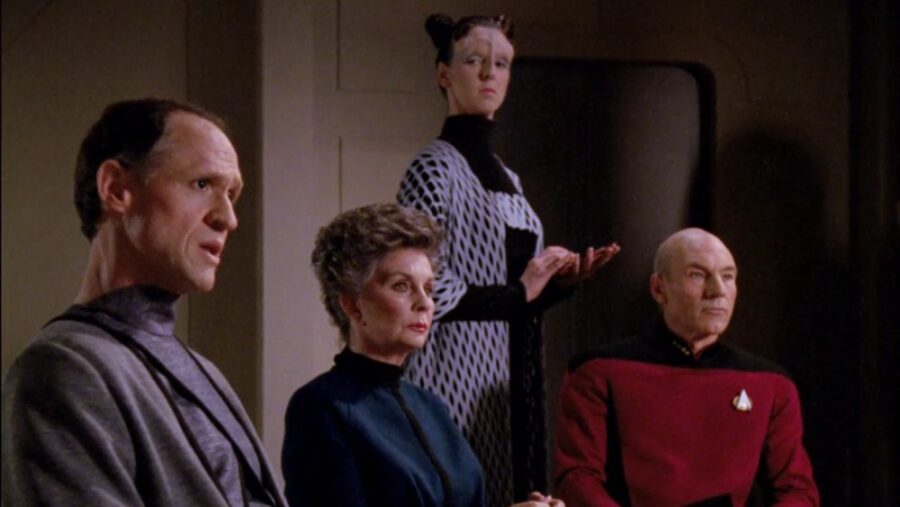
A tightly written Star Trek political thriller, this Picard story follows the paranoia that spreads around the possibility of Romulan spies aboard the Enterprise. As Retired Admiral Norah Satie comes aboard to conduct an investigation, her interrogations of Enterprise crew members become increasingly unhinged, even convincing Security Chief Worf with her charismatic constructions of thin evidence. Her pursuit of a young officer named Simon Tarses convinces Picard that she is conducting a witch hunt, and one with racist undertones.
When Picard himself is drawn into her net, he uses his time on the stand to dismantle Satie’s panicked, desperate questioning with absolute calm and a reminder of what justice really looks like. The scene is one of the most famous in the series and goes down as one of Picard’s finest moments.
4. “The Inner Light”
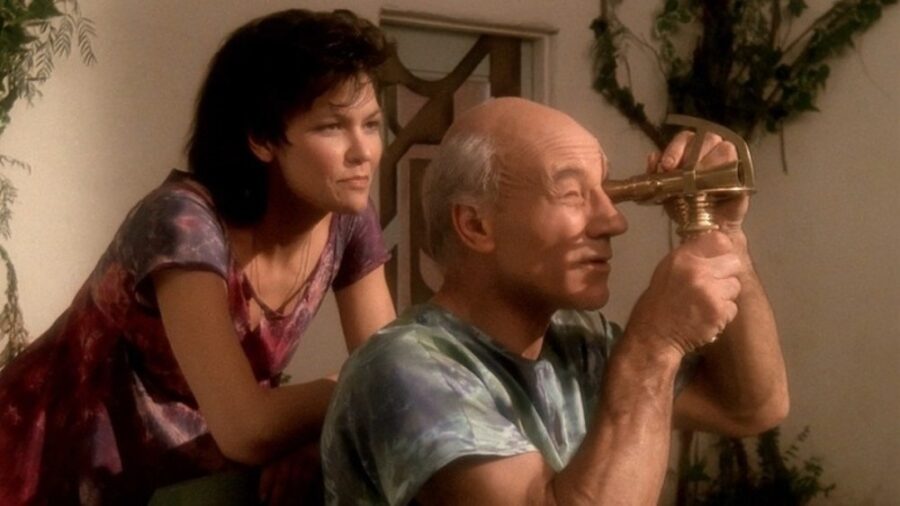
One of the fan favorite episodes of Star Trek: The Next Generation, this story also shows Picard living an alternate life and, in so doing, gives a range and depth to his character we had not seen before. Zapped by an alien probe in the opening of the episode, Jean-Luc is transported into the life of another person on another planet with no explanation for how he got there or why everyone insists on calling him Kamin. As he keeps talking about the life he left behind and searching the stars for answers, he builds an entire life as Kamin, ultimately seeing the end of the dying world he has lived on.
Picard’s experience with the probe compacted an entire alternate lifetime into a few hours and leaves him with the lasting memory of a lost people—and the ability to play a flute.
3. “Darmok”
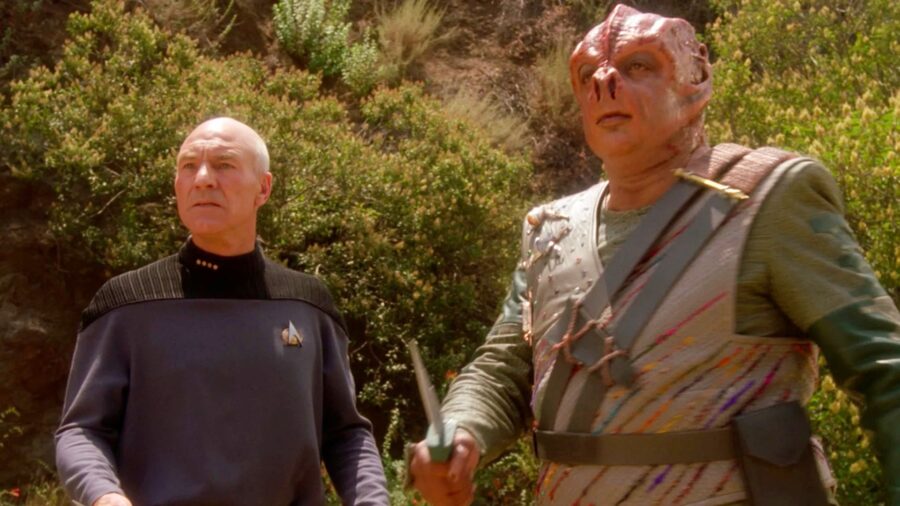
In something of a reworking of the original Star Trek episode “Arena,” Captain Picard is trapped on a planet with an alien captain named Dathon, with whom he cannot communicate. Instead of a battle to the death, though, the experience is an attempt on Dathon’s part to foster communication as a shared struggle against a mysterious creature forces the two to learn one another’s language. Dathon’s people speak only in story (“Darmok and Jalad at Tanagra”) and he and Picard share the stories of their people together, eventually learning to communicate.
While much debate exists over whether the alien language actually works, the episode is considered a classic both for Paul Winfield’s performance as Dathon, and for demonstrating Picard’s focus on communication and understanding over violence.
2. “All Good Things…”
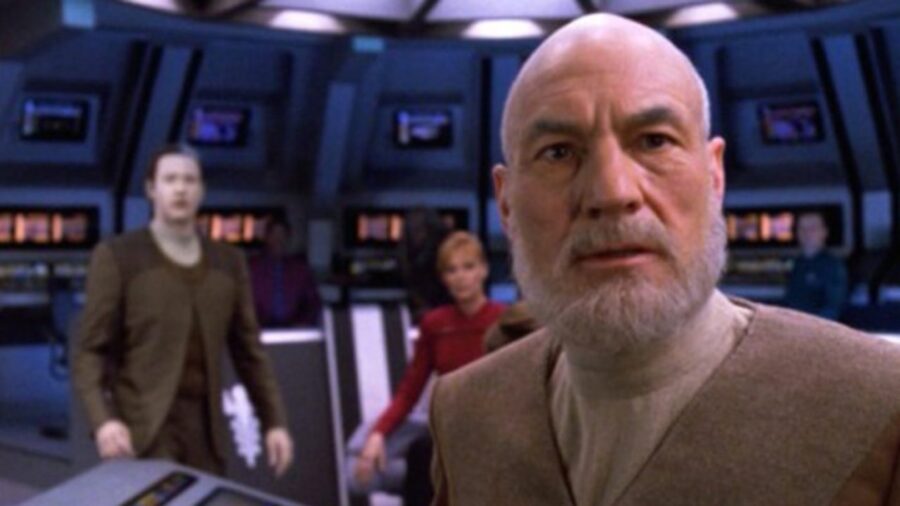
Star Trek: The Next Generation’s final episode accomplished the amazing feat of both being deeply Picard-centric and allowing the entire cast to shine, giving every character something interesting to do and a new presentation we hadn’t seen before. Sliding back and forth between the past, present, and future, Picard is tasked by Q with figuring out the mystery of how he became responsible for the end of the human race. Packed with both intrigue and nostalgia, the episode serves as a fitting climax for the long-running series and gives Patrick Stewart what would become his first chance to play Picard at an advanced age.
As Picard slowly unlocks the puzzle, he must overcome his friends’ objections and confusion, and his own diminishing mental capacity as he and everyone he loves begin questioning his sanity.
1. “Family”
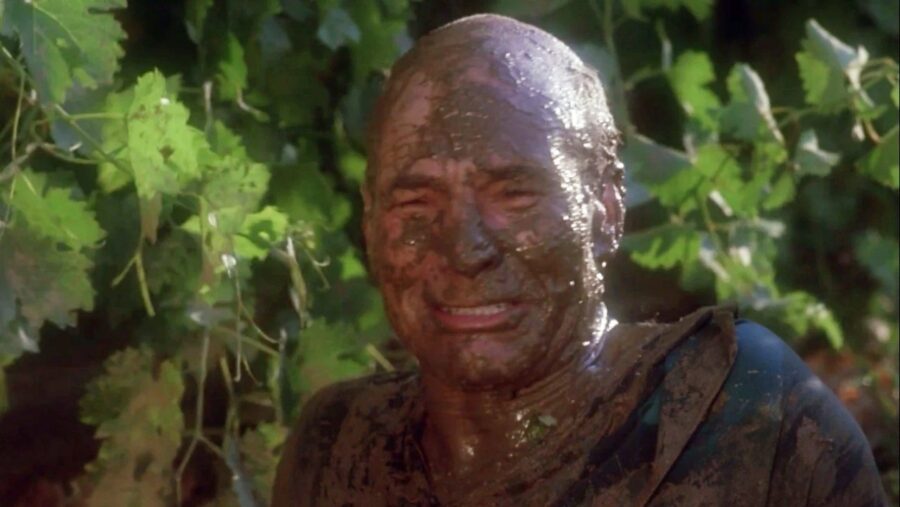
Along with many other Star Trek: The Next Generation episodes, it would have been so easy to include on our Picard list “The Best of Both Worlds,” but its follow-up episode, “Family,” is perhaps more important. While Picard’s time with the Borg in “Best of Both Worlds” would shape his story for the rest of his life, it was this episode that introduced the idea that it would. The series could easily have picked up the following week with the captain back in top form, but instead, showrunner Michael Piller decided to show the effects of the traumatic experience on Picard and introduce the idea that he would need time to heal and recover.
As Picard’s contentious exchange with his brother Robert comes to a boiling point during a recuperative visit to his home in France, the pain and loss of his experience finally breaks through. And, crying in the mud, Jean-Luc Picard becomes to us both fully human and altogether another kind of hero.











